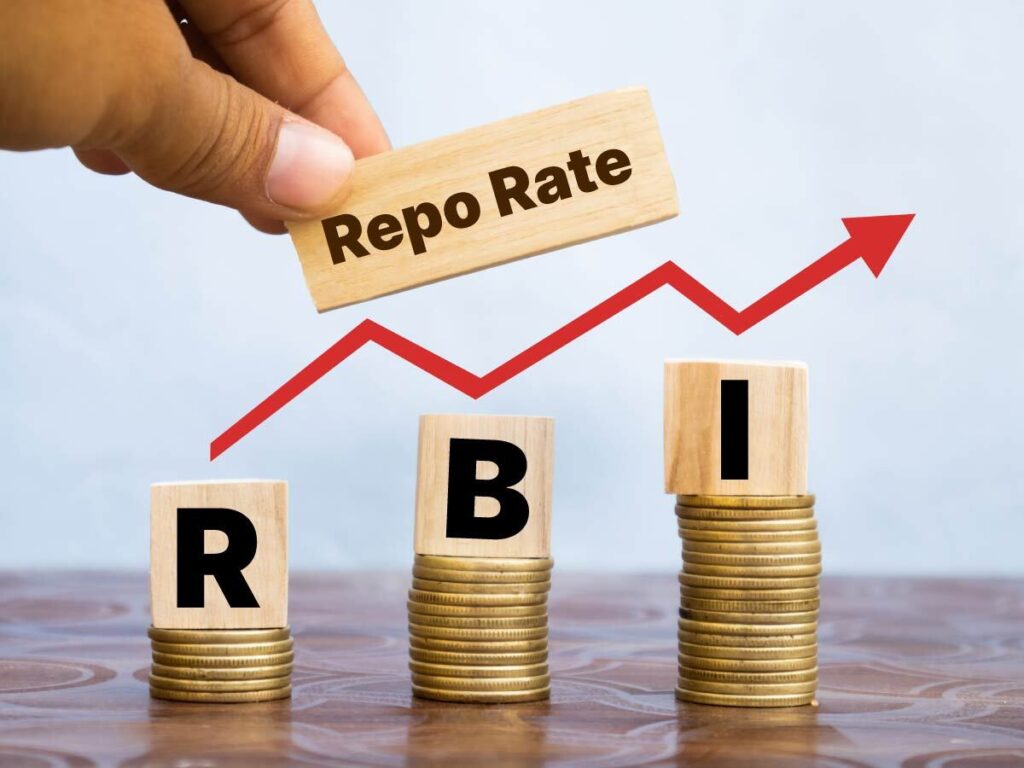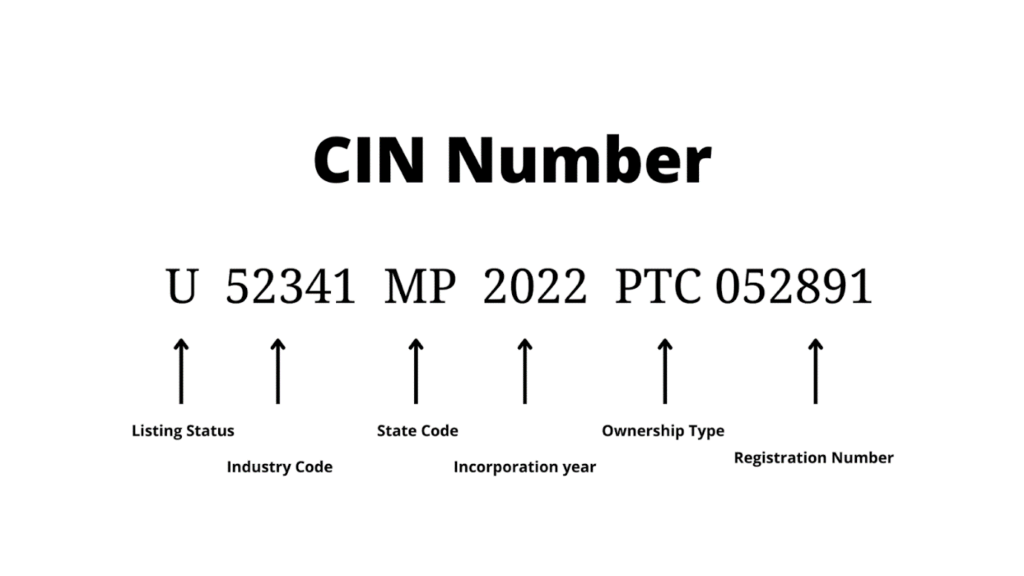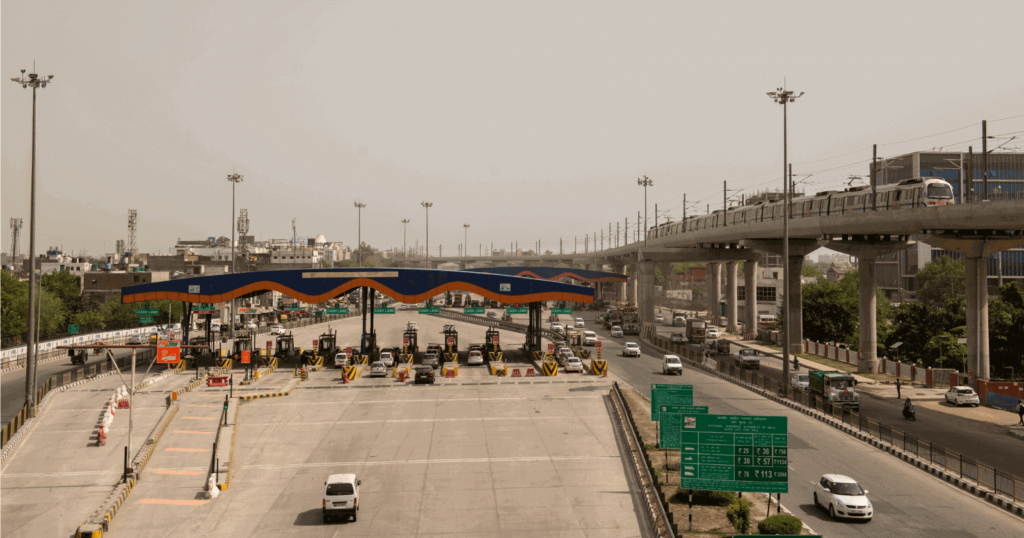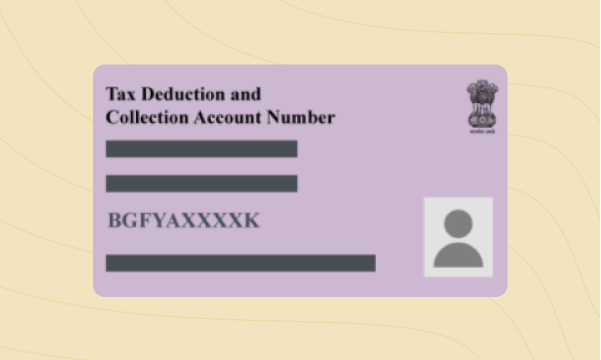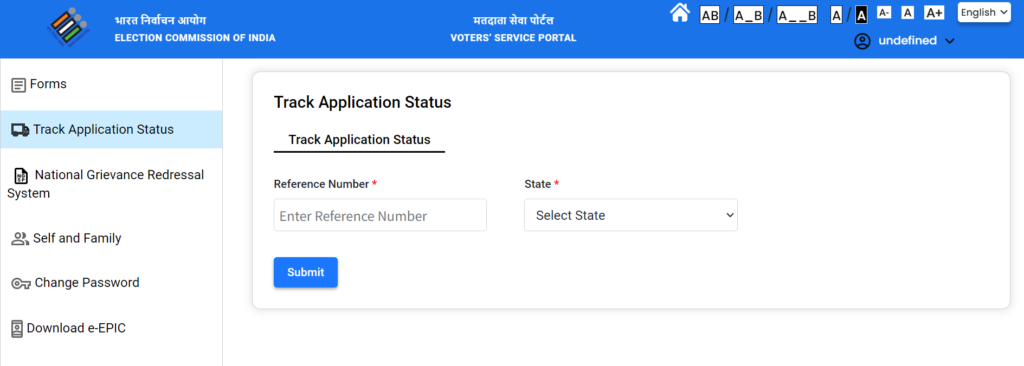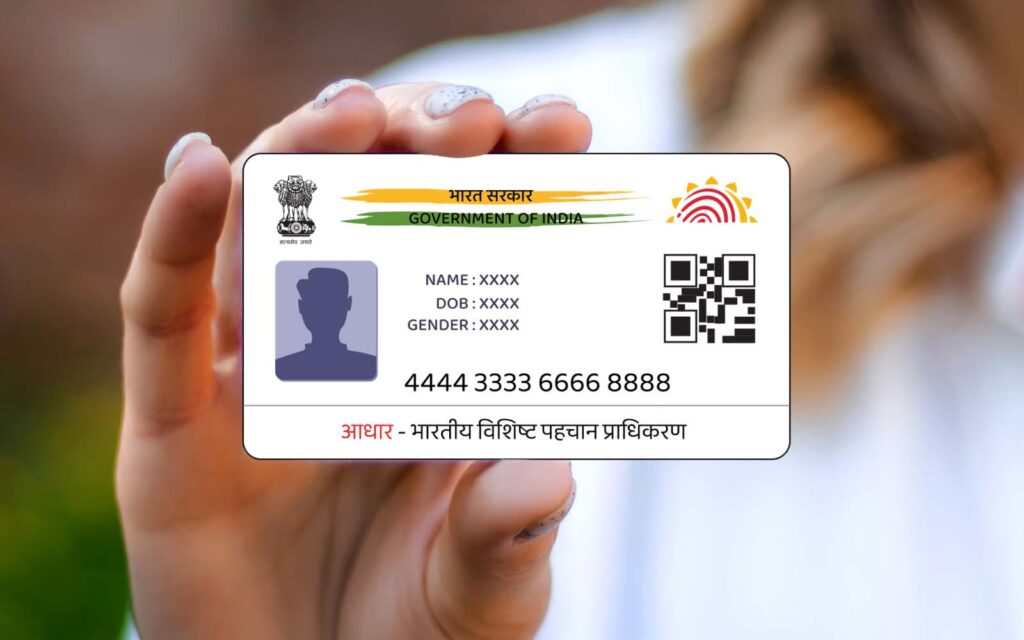Operating a mutual fund house is subject to stringent regulations. Activities must be conducted within the structure already in place and governed by the Securities and Exchange Board of India (SEBI). This involves adhering to the SEBI KYC guidelines. Identifying a customer before enrolling them as an investor under a particular fund is known as “Know Your Client” or KYC in the business. Financial Institutions & Intermediaries are required by KYC rules to collect and validate personal & contact info from their clients. Meaning of KYC Customer is a procedure in which a financial company verifies the identification of consumers and assesses their suitability, as well as the possibility of illegal objectives and actions. Money laundering is one of the most serious threats to a country’s economy. The government and financial institutions are constantly on the lookout for such unlawful activity. KYC requirements for banking or financial transactions are an excellent technique to prevent this. Necessity of KYC KYC’s major goal is to ensure that deposits/investments are made in the name of a real person. It also aids in the reduction of black money. As a result, all mutual fund investors must follow the KYC procedure through a KYC Registration Agency (KRA). KRA, a SEBI-registered firm, stores investor data in a single database to which all fund companies and intermediaries have access. Most investors are familiar with the agencies CAMS, NSE, and KDMS. SEBI later announced a single Know Your Client methodology to ensure consistency and uniformity among SEBI-registered intermediaries. Portfolio managers, mutual fund firms, venture capital funds, and stockbrokers, among others, found it simple to prevent the duplication of KYC documents. This makes compliance easy for investors. Indian KYC Registration Agencies: SEBI KYC Guidelines KRA’s will continue to serve as the repository of KYC data in the securities market, and will be responsible for maintaining, preserving, and retrieving KYC papers and submitting them to the Board or any other statutory body as needed. KRA’s must independently check the records of clients (both existing and new) whose KYC has been completed using Aadhaar as an OVD. Clients who completed KYC using non-Aadhaar OVD would have their data confirmed only after getting their Aadhaar Number. Develop systems/mechanisms in cooperation with SEBI and in coordination with one another, and follow standard internal rules specifying components of KYC attribute identification and KYC validation procedures. Inform the appropriate RI’s as soon as possible of any deficiencies/inadequacies in the client’s KYC documentation. Following successful completion of KYC validation, KRA will provide the customer a unique client identification known as a KRA identifier, which the client may use to create an account with any other intermediary. KYC records of new clients (who have used Aadhaar as an OVD) must be approved by KRAs within two days of receipt. KYC records for all existing clients (who utilised Aadhaar as an OVD) must be confirmed within 180 days of July 1, 2022. KRAs must notify the customer of the KRA identification within two working days of receiving KYC records by letter or email, and save proof of delivery. For non-Aadhaar KYC OVD, the KRA shall only maintain such records, which will not be approved by KRAs unless the client provides an Aadhaar number. Validation of all KYC records (both new and current) will begin on July 1, 2022. Documents for KYC Identification Documentation: PAN card, driving licence, copy of passport, voter ID, Aadhaar card, or bank photo passbook Address Proof: Recent landline or mobile bill, power bill, passport copy, recent Demat account statement, most recent bank passbook, ration card, Voter ID, rental agreement, Driving License, or Aadhaar card Available KYC Procedures Offline Fill out the KYC application form available on the CDSL Ventures website. Sign and deliver a physical copy of the document to the authorities or intermediaries you desire to invest in mutual funds through. Attach certified photocopies of ID and residency evidence, as well as a passport-size photo, to the form. Biometrics Based on Aadhar If you have an Aadhaar card, you can choose Aadhaar-based KYC. You may request that an official from the fund house or agency come to your location to collect the information. Send a copy of your Aadhaar card to the fund house, broker, or distributor, and they will map your fingerprints on their scanner and connect it to the Aadhaar database. Your information will be shown in the database if the fingerprint matches that in the database. This signifies that they verified your identity before proceeding with your mutual fund investment. Benefits of KYC Compliance The most major benefit of becoming KYC compliant is that you will never have to go through the KYC verification procedure again. It is a one-time process, and before you can invest in mutual funds in India, you must have completed your KYC verification. After being KYC compliant, you can invest in any mutual fund plan with any fund company. Being KYC compliant allows you to begin investing in mutual funds in just a few seconds. SEBI KYC Registration Agency (KRA) Regulations 2011 KYC Registration Agency (KRA) is a company formed and registered under the Companies Act, 2013, and which has been issued a certificate of registration under these rules, and which is hence regarded to be an intermediary under the Act’s requirements. KYC” refers to the method established by the Board for identifying and confirming Proof of Address, Proof of Identity, and conformity with rules, regulations, guidelines, and circulars published from time to time by the Board or any other body for the Prevention of Money Laundering. SR. No. Particular Content 1. Application Made to board in form specified under schedule II. REQUIREMENTS- ♦ Not include any mislead or false information, if any mislead information provided it shall be rejected provided opportunity of being heard granted. Before rejecting any application board may provide 30 day time period to remove any objections. FURNISHING OF INFORMATION, CLARIFICATION AND PERSONAL REPRESENTATION- If board require it may ask further clarification or information. CONSIDERATION OF APPLICATION FOR GRANT OF CERTIFICATE OF REGISTRATION- Following conditions are to

